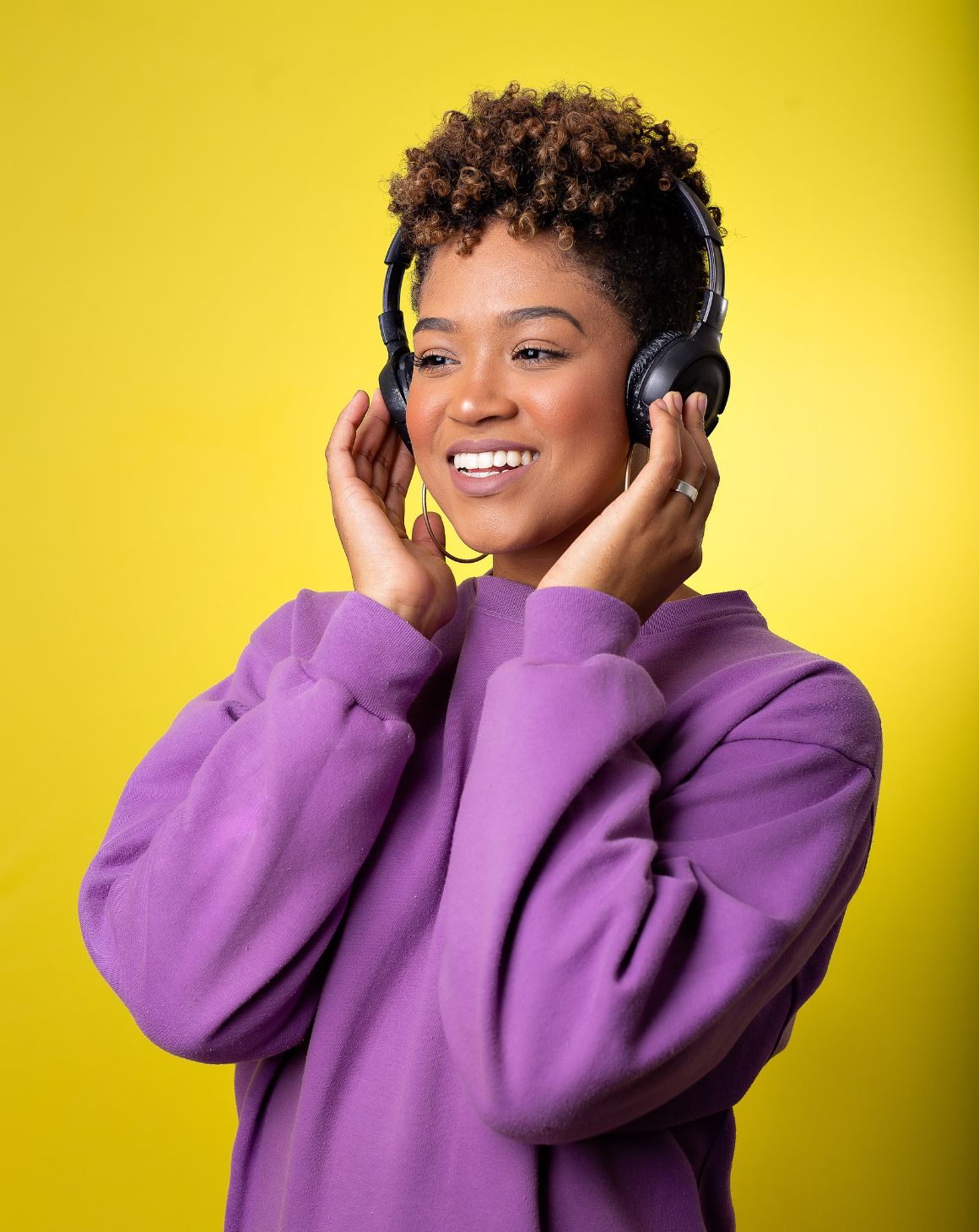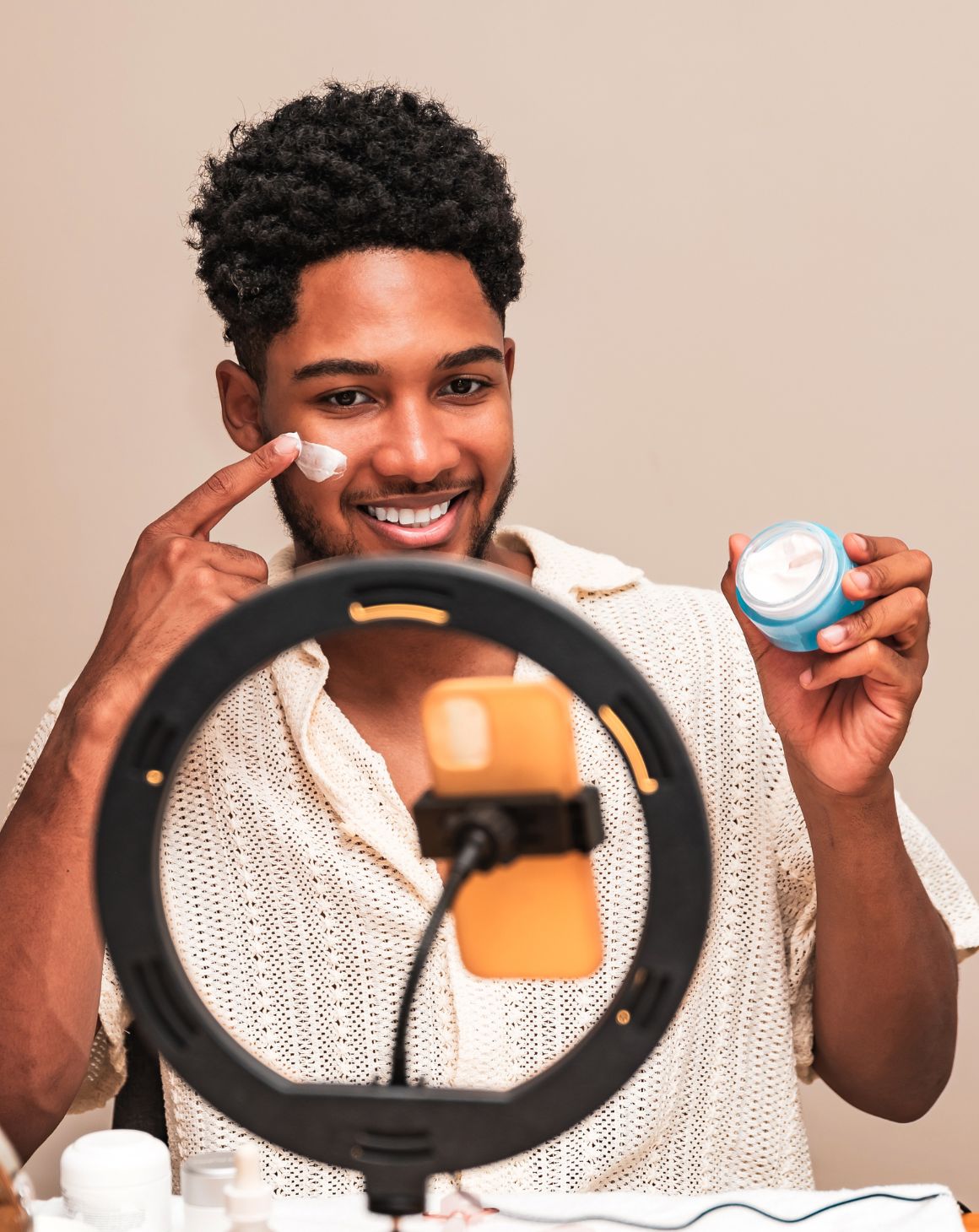In recent years, audio advertising has emerged as one of the most powerful ways for brands to connect with audiences. The digital audio advertising market is set to experience significant growth, with global ad spending predicted to reach US$12.16 billion in 2025. By 2030, the number of users listening to digital audio is expected to climb to 1.62 billion.
As digital audio continues to evolve through platforms like Spotify, Pandora, Amazon Music, and podcasts, brands understand the need to go where their existing and future customers are spending time. They have a unique opportunity to reach consumers in moments of high user attention and low competition from other media. This is precisely where audio ads become invaluable.
Audio ads are personal and immersive, making them an increasingly vital part of the modern marketing mix. This ad format has the potential to reach highly engaged and targeted audiences, creating a unique experience that’s hard to achieve through visual media. As measurement capabilities advance, audio marketing is no longer a branding-only play but a measurable, results-driven channel.
What Makes Audio Advertising Unique
Unlike visual or social formats that compete for attention, audio ads offer an immersive and intimate listening experience. They allow brands to build emotional connections through voice, tone, and storytelling, capturing 50% more attention per impression compared to other ad formats.
“Consumers are saturated with visual ads across social, display, and video. Audio feels one-to-one in nature. This intimacy often drives higher recall and brand affinity,” says Michael Tomasch, Blue Wheel’s Senior Manager of DSP.
“Audio reaches consumers during screen-free moments, while driving, exercising, or cooking, where attention is high and competition is low,” adds Brett Geeser, Head of DTC at Blue Wheel.
This unique access to audiences’ undivided attention gives audio marketing an edge in boosting brand awareness and engagement.

Key Benefits of Audio Advertising Campaigns
Broad Reach & Precise Targeting
Digital audio advertising allows brands to reach millions of listeners while using granular targeting based on demographics, interests, and listening behavior. Spotify remains a dominant platform with over 696 million monthly active users. Meanwhile, Amazon Music continues to expand its global reach, boasting over 80 million users.
By leveraging Amazon audio ads, brands can insert audio messages into ad-supported listening environments, such as Amazon Music and Alexa devices, extending reach into “screenless” moments when audiences are particularly attentive.
Compared to video or streaming TV, audio placements are more cost-effective, offering scalable reach across multiple platforms.
Brand Awareness & Consumer Trust
Audio is a powerful tool for storytelling and building strong brand awareness. It excels at establishing credibility and creating deep emotional connections with audiences, making it an essential component of any well-rounded marketing strategy.
When integrated into a brand campaign, audio ads effectively reinforce key messages delivered through other vital channels like video, display advertising, and social media. This multi-sensory approach fosters a more immersive and memorable brand experience, ultimately driving greater engagement and recall.
Strong ROI and Cross-Channel Impact
Audio works particularly well when part of an omni-channel strategy, supporting other media channels. Audio advertising delivers measurable business results at lower costs than many traditional media types.
Depending on the platform and audio ad format, audio ad costs typically range from $15 to $40 CPM, with streaming platforms like Spotify requiring a minimum budget of around $250 to launch a campaign.
Brett Geeser notes, “Many clients are surprised by how effectively audio drives brand lift and intent, especially when paired with digital video or social campaigns.”
Measuring the Impact of Audio Ads
Measurement capabilities have evolved dramatically, especially in the last five to ten years. “Where we used to measure simply by counting the number of podcast downloads, we now can programmatically insert audio ads into podcasts and measure exact impressions and post-impression activity,” says Michael Tomasch.
“At Blue Wheel, we measure audio performance by examining brand lift, completion rates, and what people do next, such as visiting a website or making a purchase. We also use Marketing Mix Modeling (MMM) to understand how audio contributes to overall results,” points out Brett.
“We can quantify audio incremental contribution to sales and brand KPIs, compare ROI against other channels, and identify synergy effects with video, social, and search. Audio often shows strong cross-channel lift and sustained impact over time, which reinforces its value in a balanced media strategy,” he adds.
Programmatic technology enables brands to track and measure the results of audio advertising campaigns with high precision. This allows them to make data-driven adjustments that improve overall campaign performance.
Integrating Audio into the Media Mix
A successful audio marketing strategy ensures audio ads align with a brand identity and messaging. Audio works best as a cohesive extension of a campaign, complementing video, social, and display advertising.
“Ideally, audio ads should be a cohesive extension of a brand’s overall strategy, messaging, and archetype,” says Michael. This cross-channel consistency helps build recognition and trust while maximizing ROI across every consumer touchpoint.
The Future of Audio Advertising
The future of digital audio advertising is dynamic, interactive, and personalized. Innovations such as AI-driven personalization, interactive audio ads, and voice commerce are redefining how brands engage listeners.
Platforms like Amazon Alexa already enable interactive audio ads that allow users to respond or shop using their voice, blurring the line between awareness and action.
As Brett explains, “Audio is not just a supporting channel. It’s becoming central to how brands build presence, trust, and drive action.”
Conclusion
Audio advertising offers brands a unique blend of reach, intimacy, and measurable impact. By integrating audio into an omni-channel strategy, brands can reinforce messaging, drive engagement, and generate strong ROI.
As technology and personalization evolve, audio marketing will grow as a cornerstone of modern media strategies. Brands seeking to establish emotional connections and achieve measurable results can stay ahead by incorporating audio ads into their marketing strategies.
Get in touch with our team of experts to learn how we can help develop your brand’s audio advertising strategy.
FAQs
What are the key benefits of audio advertising campaigns?
Audio advertising offers broad reach with precise targeting, builds brand awareness and consumer trust through storytelling, and delivers strong ROI and cross-channel impact, especially when integrated into an omni-channel strategy.
What makes audio advertising unique compared to other ad formats?
Audio ads provide an immersive and intimate listening experience, allowing brands to build emotional connections through voice, tone, and storytelling. They capture more attention compared to other ad formats and reach consumers during screen-free moments when attention is high.
How can brands measure the impact of audio ads?
Measurement capabilities have evolved to track exact impressions and post-impression activity. Brands can examine brand lift, completion rates, and subsequent actions like website visits or purchases. Marketing Mix Modeling is also used to understand audio's contribution to overall results and identify synergy effects with other channels.
What is the future of audio advertising?
The future of digital audio advertising is dynamic, interactive, and personalized, with innovations like AI-driven personalization, interactive audio ads, and voice commerce. These advancements are redefining how brands engage listeners and are making audio a central component of brand building and driving action.
What platforms are commonly used for audio advertising?
Platforms like Spotify, Pandora, Amazon Music, and podcasts are widely used for audio advertising. Amazon audio ads, for example, can be inserted into ad-supported listening environments such as Amazon Music and Alexa devices.







.png)
.png)
